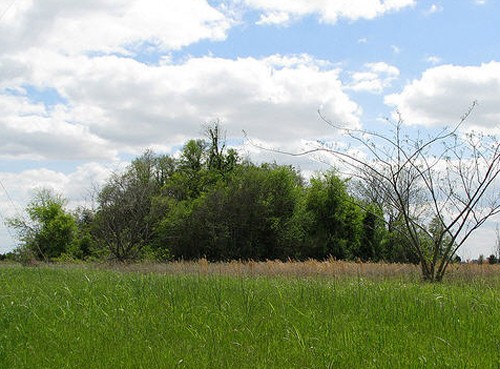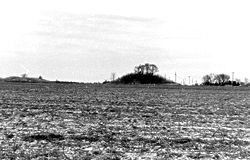Jaketown Site
Introduction
Text-to-speech Audio
Images
Ca. 2010

1972

Backstory and Context
Text-to-speech Audio
The Jaketown archaeological site in Humphreys County, Mississippi, was occupied by indigenous peoples from 1750 BCE to 1500 CE, making it one of the oldest continuously inhabited sites in the region. A complex regional trade center developed here and was inhabited 1750-600 BCE within the Poverty Point culture during the Late Archaic period of the United States. A later, succeeding culture constructed mounds, only two of which remain. While neither mound has been extensively excavated, styled pottery fragments found in the surrounding area indicate that the mounds are probably Mississippian period earthworks, dating to between 1100 and 1500 CE. As the political and religious center of a chiefdom, numerous elite residences would have been nearby, as well as structures to support crafts.
In the early 20th century nearby smaller, older mounds were destroyed by plowing or for use as fill for road construction. In the mid-20th century, Jaketown attracted considerable research interest. Extensive excavations were undertaken at the site in 1951. In 1975, 6.1 acres of the 200 acre site, including the two large surviving mounds, were conveyed to the State of Mississippi through the Historic Surplus Property Program to insure its preservation for eventual thorough excavation and interpretation. In view of its importance as a regional trade center of the Poverty Point culture in the Archaic period and long human occupation, the site was listed in the National Register of Historic Places in 1993 and declared a National Historic Landmark in 1990. After the excavation work in 1951, no major archaeological investigations were conducted at Jaketown until 2007, when researchers from Washington University in St. Louis, Missouri began a multiyear project.
